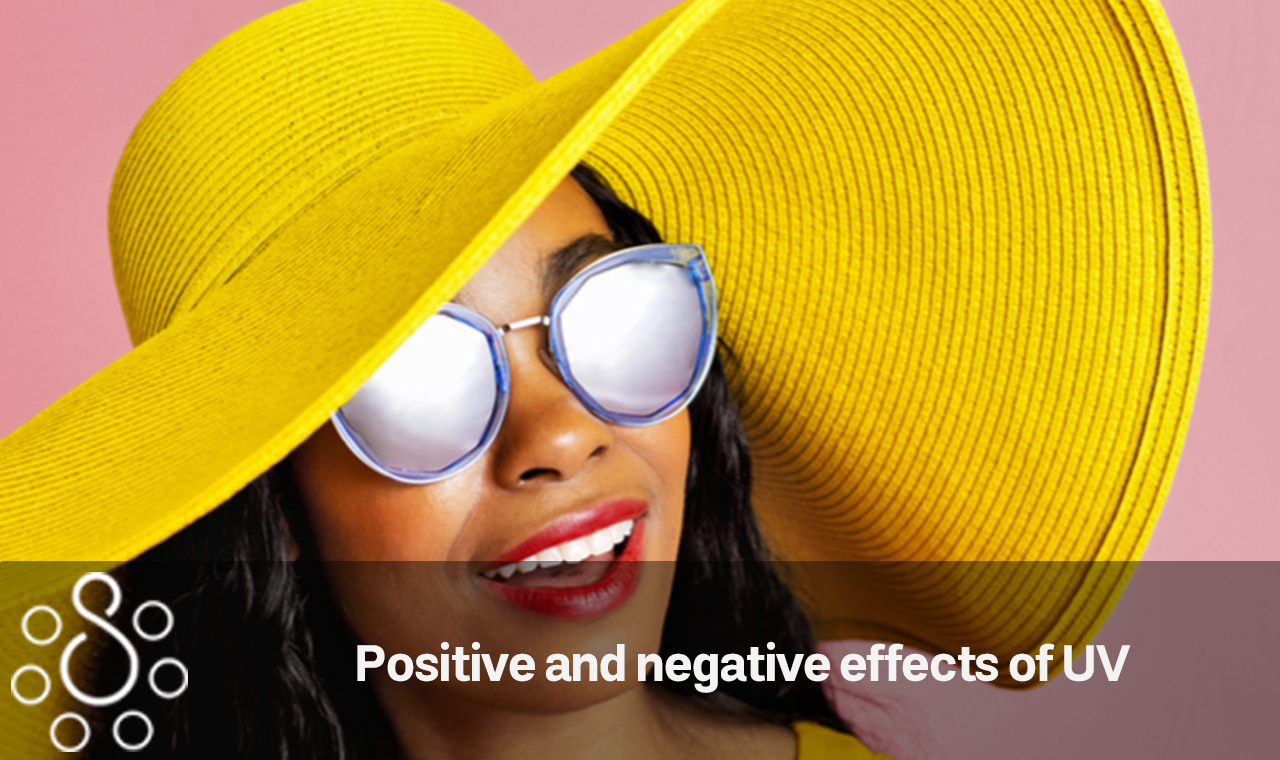Even though the atmosphere absorbs the vast majority of ultraviolet (UV) radiation emanating from the Sun before it reaches the earth, the American Cancer Society notes that UV light is still the primary factor responsible for the adverse effects that sunlight has on human skin. In most situations, you will hear a great deal more about the negative consequences of UV radiation than any favorable impacts it may have; but, those ultraviolet rays from the Sun do have both advantages and downsides. You may better appreciate why most of the things you’ll hear about it will be bad if you familiarize yourself with both sides of the argument and the nature of UV light itself. Our purpose is to present the most current understanding of UV light. To make the most use of this knowledge, we must find out positive and negative effects of UV.
What exactly is this UV light?
UV light is very similar to visible light, with the key differences being that UV light has a higher energy level, and its wavelengths are too short for human eyes to detect them. The wavelength range of visible light is between 400 and 700 nanometers, whereas the wavelength range of ultraviolet light is between 10 and 400 nanometers (or 10 to 400 billionths of a meter). UV light is any electromagnetic radiation with a wavelength between these two ranges. Since violet light occupies the least amount of space in the visible spectrum, ultraviolet light may be understood to literally mean “beyond violet” light.
The spectrum of UV radiation itself may be further categorized based on its wavelength. The wavelengths of light that fall between 315 and 400 nanometers are referred to as UV-A light, while the wavelengths of light that fall between 280 and 315 nanometers are referred to as UV-B light. On the other hand, radiation with wavelengths shorter than 290 nanometers practically never reaches the surface. UV-C light refers to radiation with wavelengths that are less than 100 nanometers and longer than 280 nanometers. Extreme ultraviolet light has a wavelength between 10 and 100 nanometers, yet it is not able to penetrate the atmosphere of Earth.
Related Article: What UV light is best for plants
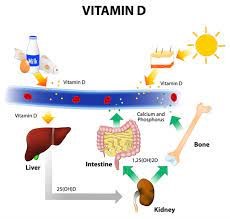
Effects of Ultraviolet Radiation That Are Beneficial to Humans
There are certain beneficial effects of UV light on human beings that are worth highlighting. The capacity of ultraviolet light, more precisely UV-A, to stimulate the creation of vitamin D inside our bodies is the most important of these mechanisms. This is essential for the health of the muscles, bones, and immune system, and there is some evidence that it may also reduce the risk of colon cancer.
UV radiation has good benefits for skin disorders such as psoriasis because it slows down the proliferation of skin cells, which in turn lessens the symptoms of the illness. Exposure to sunlight (or more specifically, to the ultraviolet radiation from the sun) also promotes the creation of tryptamines, which boosts one’s mood.
Other Beneficial Aspects of Ultraviolet Radiation
UV is useful for a variety of other purposes as well, including the disinfection and sterilization processes, which are accomplished by killing bacteria and viruses. This happens because the high-energy rays can destroy DNA, so it’s actually linked to a negative effect of UV, but it also means that bacteria and viruses are unable to reproduce or multiply as a result of this. People take use of this phenomenon in both simple and sophisticated ways. For example, they could hang their wet garments outdoors to dry in the sun (such as using UV lamps for antibacterial purposes).
There are additional creatures and insects that are reliant on UV light. When it comes to navigation, certain insects rely on ultraviolet radiation, which comes primarily from celestial bodies and not from our own Sun. Other animals, such as certain species of birds, bees, and reptiles, have eyes that can detect near-ultraviolet light, which enables them to see certain flowers, fruits, and seeds more clearly.
Related Article: Is UV-C light harmful for air ducts and electronics?
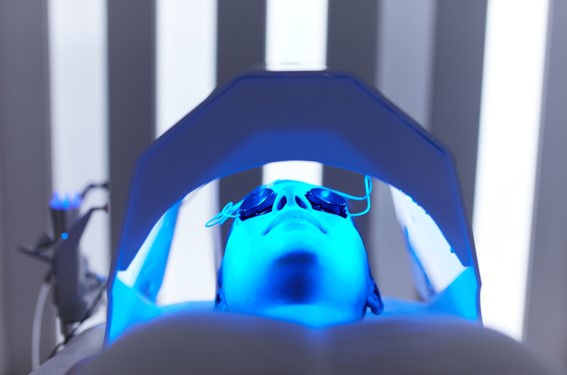
Risks to Humans Posed by Ultraviolet Light
Humans are susceptible to a number of harmful consequences caused by UV radiation. The most well-known of these is the increased chance of developing skin cancer, with UV radiation being the cause of around 90 percent of all cases of skin cancer (mainly UV-B, but UV-A rays are implicated too). Sunburn is another effect of UV radiation, which are responsible for causing skin cells to become damaged and leading to an increase in blood flow to the afflicted region. This results in the reddish skin that is characteristic of sunburn.
It is widely accepted that exposure to UV radiation inhibits the immune system to some degree, which is problematic given that the immune system’s job is to defend the body against infectious agents. White blood cell functionality and distribution may be altered up to a day after exposure to sunshine, and prolonged or severe sun exposure may have an even bigger impact on these processes. UV radiation may also have an effect on the tissues of your eye, creating a disease known as photokeratitis and essentially burning the tissue in your eye.
The effects of UV Radiation on Living Things, Including Plants and Animals
In conclusion, it is well known that exposure to UV light can have some impact on living things, including animal life. The process of photosynthesis can be negatively affected by UV-B light, which can result in a decrease in the size, productivity, and overall quality of plants such as corn, cotton, soybeans, and rice. It also has an effect on the phytoplankton that live in the ocean, which are the organisms that generate energy through photosynthesis. This has the effect of lowering the phytoplankton’s productivity, which in turn has a variety of knock-on effects for the ecosystem. It is also believed that exposure to UV-B makes plants more susceptible to diseases.
Related Article: Learning to use and set up Surya Professional disinfectant with UV-C sterilizer box
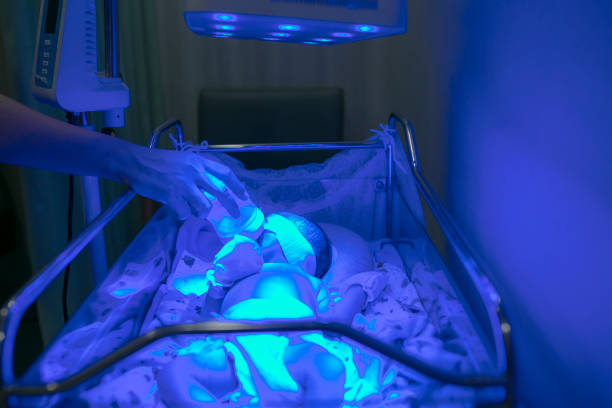
Positive effects of UV
- Vitamin D is produced in our bodies in response to ultraviolet radiation from the sun, which is required for this process. Vitamin D is important for the health of bones, muscles, and the immunological system of the body. Additionally, it may reduce the likelihood of developing some types of cancer, such as colon cancer.
- Some skin disorders, such as psoriasis, may be improved by UV therapy, which is also used to treat other skin problems. This is a disorder in which the skin loses its cells at an abnormally rapid rate, leading to the development of scaly, irritating areas. The symptoms may be alleviated by exposure to UV light, which also reduces the proliferation of skin cells.
- Research reveals that exposure to sunshine activates the pineal gland in the brain, which in turn causes the production of specific chemicals known as ‘tryptamines.’ This has a positive effect on mood. These molecules make us feel better overall.
- Improves the eyesight of some animals — Some creatures, including as birds, bees, and reptiles, have the ability to see into the near UV light, which enables them to identify a large number of ripe fruits, flowers, and seeds that show out more brightly against the backdrop. The fruits, flowers, and seeds may often be seen to have a quite different appearance from what people view them as. Some flowers, when seen under UV light, exhibit distinct line marks that may assist in guiding pollinating insects and nectar-feeding birds and bees to the source of the nectar.
- Helps certain insects navigate while in flight Many insects utilize the ultraviolet (UV) emissions that come from astronomical objects as references while they are flying. This is the reason why a light may attract flying insects because it interferes with their ability to navigate.
- UV has beneficial uses in the realms of disinfection and sterilisation, making it useful for the removal of pathogens and the sterilization of materials. Microorganisms such as viruses and bacteria may be successfully “killed” (deactivated or destroyed) by UV, for instance when hanging cloth diapers, underwear, and tea towels outdoors on a clothesline. UV rays are used to kill germs because they may pass through the cell membrane and damage the DNA. This disables the microorganism’s capacity to reproduce and proliferate. Because of the corrosive effect of UV, ultraviolet antibacterial lamps may be used to successfully disinfect and sterilize materials. UVC light is used in the process of disinfecting wastewater at the Mangere Wastewater Treatment Plant in Auckland.

Negative effects of UV
- UV rays are a known human carcinogen and are the primary cause of skin cancer. In our environment, it is the carcinogen that poses the greatest and most widespread threat to human health. Sun exposure is a major contributor to the development of the three most common forms of skin cancer—basal cell carcinoma, squamous cell carcinoma, and melanoma. This is supported by a large body of compelling evidence. According to some studies, ultraviolet (UV) radiation is responsible for as much as 90 percent of all cases of skin cancer.
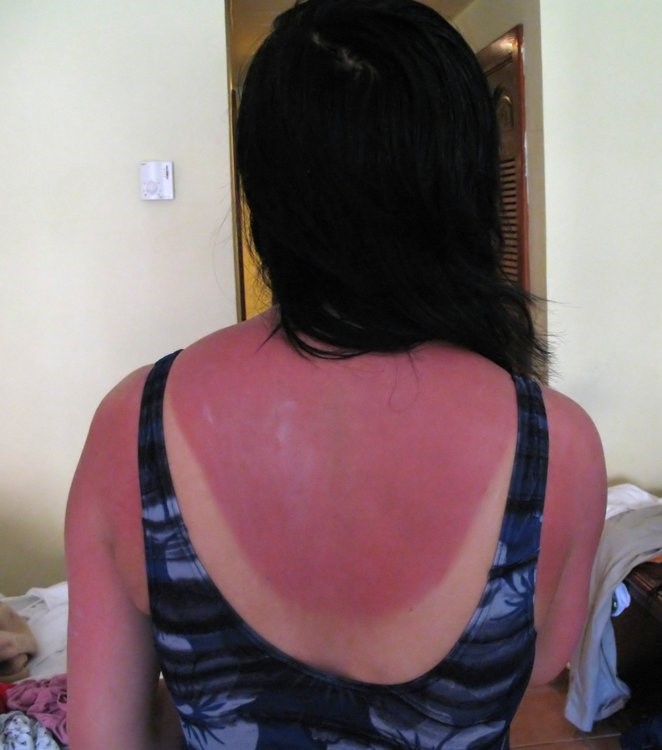
- UV rays, which are emitted by the sun, are what cause sunburn. A sunburn is a type of burn that happens when the cells of the skin are damaged. This kind of damage to the skin is brought on by the body’s ability to absorb energy from ultraviolet rays. When your skin is sunburned, an increased amount of blood rushes to the areas that have been damaged in an effort to repair the damage. This causes your skin to become red.
- Immune system is compromised Excessive exposure to UV radiation has a suppressing effect on the immune system that is both harmful and detrimental. Scientists believe that a sunburn can alter the distribution of white blood cells that fight disease in humans for up to 24 hours after the person has been exposed to the sun. An immune system that has been repeatedly and excessively exposed to UV radiation can suffer even more damage as a result.
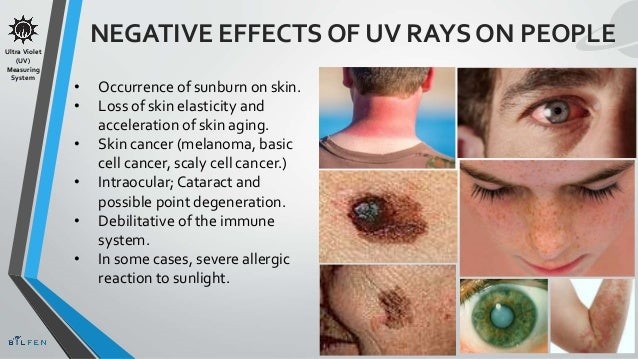
- The immune system is responsible for protecting the body from harmful microorganisms, toxins, viruses, and parasites (disease and infection). You can get an idea of how efficient the immune system is by observing how quickly something deteriorates after it has passed away and the immune system has stopped protecting it.
- A prolonged exposure to UV or high intensities of UV (for example, in sunbeds) causes damage to the tissues of the eye and can lead to a ‘burning’ of the eye surface, which is known as’snow blindness’ or photokeratitis. This condition can also cause a loss of vision in the affected eye. The symptoms often vanish after a few days, although they may lead to more issues later in life. Usually, the effects of UV disappear within a few of days.
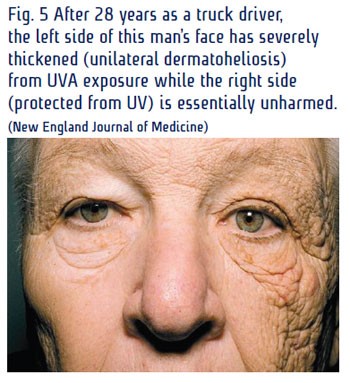
- Even brief exposure to sunlight may raise the chance of acquiring eye conditions such as cataracts, pterygium, and pinguecula, according to a study that was published in the Journal of the American Medical Association in 1998. If cataracts are not treated, they can lead to complete loss of vision. Because cumulative damage from UV exposure to the eyes occurs, it is never too late to begin protecting the eyes.
- Skin aging: Because ultraviolet light (UV) annihilates the collagen and connective tissue that lie just below the surface of the skin, UV exposure hastens the aging process of the skin. This leads to the formation of wrinkles, dark patches known as “liver spots,” and a lack of suppleness in the skin. The effects of UV from sun exposure on skin may be seen in the difference in skin tone, wrinkles, or pigmentation between the top and bottom sides of the same person’s arm.

- This difference can be seen on both sides of the same arm. In most cases, the upper aspect of the arm has been exposed to larger amounts of light and exhibits more signs of sun damage. It is never too late for a person to begin a sun protection program due to the cumulative nature of the photoaging process that occurs on the skin. A tan, on the other hand, may make you seem nice right now, but it might end up costing you in the form of skin cancer or wrinkled, leathery skin in the future.
- Plastics become less durable as a result of exposure to ultraviolet radiation, which also causes polymers like nylon and polystyrene, which are often used in consumer goods, to degrade or become brittle.
- Colors become less vibrant as a result of the absorption of UV light by a wide variety of pigments and dyes, which are used for coloring food, cosmetics, cloth, plastic, paint, ink, and other materials. To avoid the fading or loss of color, textiles, furniture, and paintings all need to be protected against ultraviolet (UV) light, which may come from sunshine as well as fluorescent bulbs.

